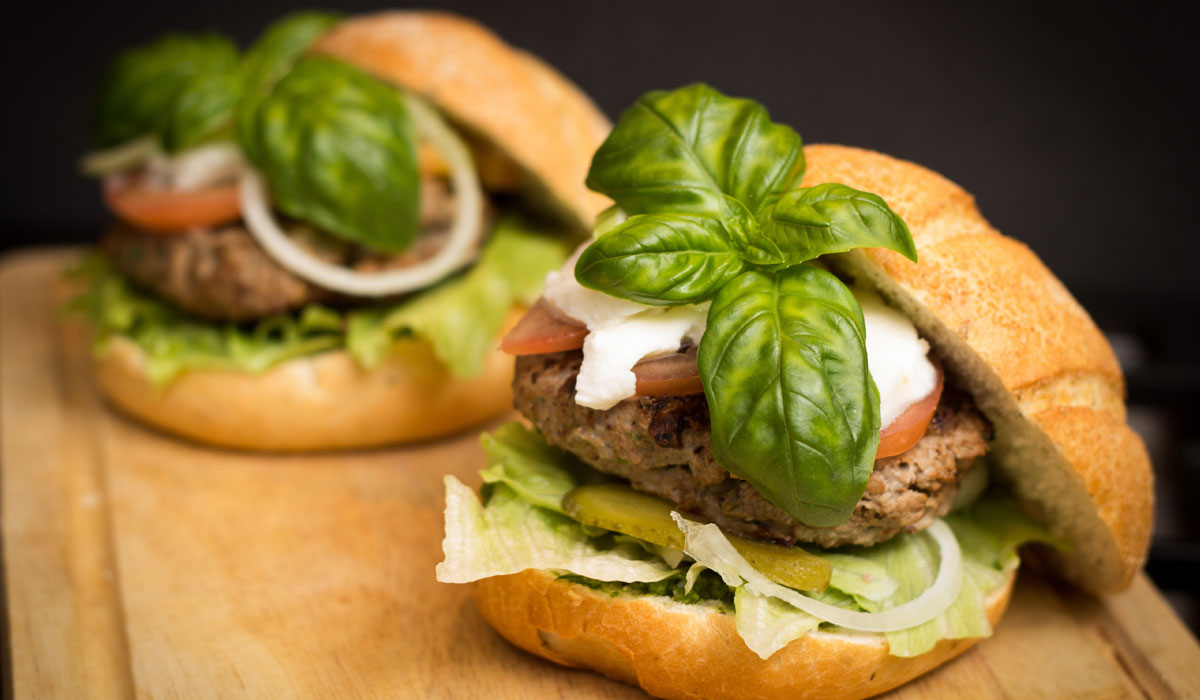While restaurant traffic was down in 2018, many restaurants saw flat to positive sales growth due to increases in average check size. And while many brands raised their prices between 2–4 percent in 2018, others were able to achieve higher check growth through effective menu and marketing initiatives.
With economists and restaurant leaders predicting similar traffic trends in 2019, combined with rising food and labor costs, operators continue to feel pressure on their bottom line. Increasing menu prices is one lever to pull to help alleviate some of that pressure but may result in traffic declines or check management if not executed properly.
Moreover, in markets experiencing double-digit growth in minimum wages, there may be a need to see check growth exceed that of inflation. Understanding that price increases can result in customer push back, how can brands increase customer spending without turning them off or risking additional traffic losses?
There are four main strategies that have proven to be successful in increasing check sizes:
- Optimize the menu through menu engineering
- Market limited time offers that tap into current consumer trends
- Encourage customer upsells
- Create value through abundance and bundling
Menu engineering
Draw guests to more profitable items by properly engineering your menu to leverage your menu real estate. The first item in a menu section will likely be one of your highest sellers, so make sure this item is not only profitable but craveable.
In addition to item placement, there are other message cues that will influence your customer’s decision-making process such as food photography, symbols or boxes highlighting signature products, and enticing menu descriptions.
Ensure that the items highlighted or pictured are representative of the breadth and depth of your menu, crossing over multiple protein options and price points (i.e., don’t just picture or highlight the most expensive item in each section).
Limited-time offers
Leverage internal or external research and development teams to identify products that are on trend and can garner a premium price point. While the current trend toward healthfulness, such as protein bowls or acai bowls, may provide a great opportunity to introduce new products in some brands, it may not provide the same results for others.
Ensure that the trend fits your brand and the customer base you frequently target. If you don’t have a strong understanding of your customers, you may need to first invest in additional research. Research can include surveying, as well as defining your customer base through the analysis of transaction level or loyalty program data.
Upsells
Restaurants can build their check average by offering guests premium substitute items or add-on items. Determining the proper options involves understanding current food trends, customer purchase behavior, and any operational or cost restraints that may be caused by offering these options.
Recently, ingredients such as bacon and avocado have been successful in driving add-on purchases, while upgrade items include higher-quality proteins, such as shrimp and steak, or side items such as sweet potatoes or Brussels sprouts.
Additional opportunities may exist to offer current menu items at a discounted upsell price. A tactic commonly used by quick service restaurants is to encourage an upsell from a fountain soda to a milk shake.
Be careful of the extensiveness of upsell offers, as it becomes more difficult for front-of-house staff to execute and promote those upsells and may potentially erode check size if guests were willing to pay full price for the item.
For multi-location brands, consider testing the upsell items prior to rolling out products to all locations to understand customer receptiveness to the items and its implication on average check size and operations.
Bundles
Bundling can not only allow a restaurant to build check, but also increase customer perceived value. While there has been a general focus on price point value in the last few years, a brand can also build value through abundance.
With add-on rates for desserts generally lower across most segments, a restaurant can improve a customer’s perceived value by including a dessert in a meal bundle. Additionally, consider including new value engineered menu items, for example lower cost or smaller portion items, in the bundle to help reduce food costs.
As a bundle ultimately provides a customer with a discount, it’s important to test these programs to understand changes in customer behavior. What did customers previously purchase prior to trading into the bundle? And how did that trade influence total spend?
Brands can use one if not all of the above tactics to help drive net sales through improvements in check size. However, being able to successfully implement these tactics involves understanding your current customer. Investing time or resources in this research can seem daunting, but the benefits are sure to make it worthwhile for the long-term financial health of your business.













